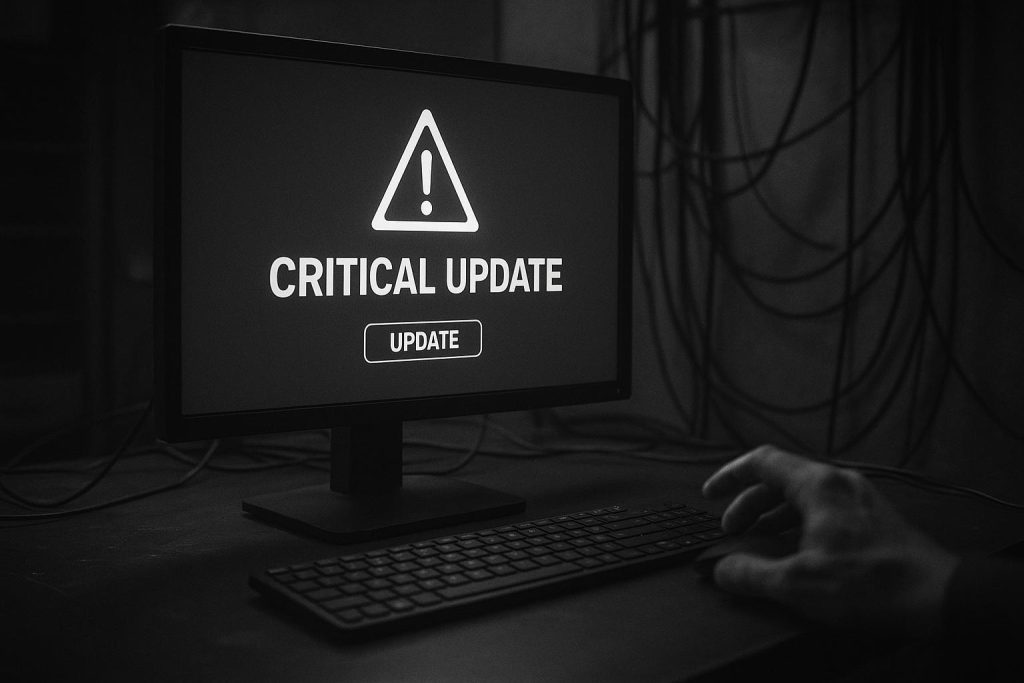Listen to the article
As Windows 10 support ends in October 2025, small- and mid-sized businesses are being advised to upgrade to Windows 11 Pro with Intel vPro® and Core™ Ultra devices to strengthen security and avoid costly breaches amid escalating cyber threats.
As the cybersecurity landscape grows more complex, small- and mid-sized businesses (SMBs) find themselves at increasing risk, with limited resources to manage mounting threats. The upcoming end of support for Windows 10 on 14 October 2025 marks a critical juncture for these organisations. After this date, Windows 10 devices will no longer receive security updates or technical assistance, leaving them exposed to ransomware, phishing attacks, and compliance challenges. Microsoft and security experts alike stress that relying on outdated systems is no longer a viable option, highlighting the urgency to transition to newer, more secure platforms.
This upcoming deadline is not merely a warning but an opportunity for SMBs to adopt smarter, security-enhanced devices designed to defend against modern cyber threats by default. Windows 11 Pro PCs, especially those featuring Intel vPro® and the latest Core™ Ultra processors, offer a marked improvement in built-in security, reducing the incidence of breaches significantly compared to Windows 10 systems. Industry data suggests that businesses upgrading to these platforms experience approximately a 62% decline in security incidents. Key to this enhanced protection is Intel Hardware Shield, which decreases the attack surface by up to 70%, preemptively blocking threats before they even reach the operating system.
Moreover, Windows 11 integrates identity security features such as Windows Hello biometric sign-in, BitLocker encryption, and the Microsoft Pluton security processor to safeguard credentials and sensitive data, resulting in nearly three times fewer cases of identity theft. For high-risk roles, Copilot+ PCs leverage on-device AI for faster anomaly detection, further bolstering defences without the need for cloud processing. These hardware-backed security layers are essential as software-only defences have become insufficient against evolving cyber threats that specifically target under-protected SMBs, who are often perceived as easier targets than enterprise organisations.
Many IT teams may resist upgrading, feeling their existing antivirus solutions suffice or believing their firm is not a target. However, research from Microsoft underscores that 75% of SMBs acknowledge a ransomware attack could cripple their operations entirely. After support ends, security incidents tend to spike, increasing both the frequency and cost of breach recovery. Upgrading preemptively reduces help desk tickets and lowers breach risks, ultimately saving money by avoiding expensive incident responses and downtime.
For those unable to upgrade immediately, Microsoft offers the Extended Security Updates (ESU) program, which grants critical security updates for one additional year beyond the end-of-support date, until 13 October 2026. This program, originally intended for commercial customers, is now available to consumers but comes with caveats. Users must have Windows 10 version 22H2 and the latest updates installed and be signed into a Microsoft account to enrol. Importantly, Microsoft no longer supports local user accounts for ESU enrolment, requiring account linkage even for paid participants, which may frustrate privacy-conscious users. ESU updates cover essential security patches but exclude feature improvements or technical support.
While ESU provides a temporary safety net, experts and Microsoft alike recommend planning migration to Windows 11 to benefit from full support and enhanced security features long-term. Windows 11 Pro also facilitates stronger manageability through tools like Mobile Device Management (MDM) and Intel Active Management Technology, enabling IT teams to administer security remotely and efficiently—a critical advantage for SMBs with lean IT staff.
The case for upgrading extends beyond mere security. Windows 11 Pro’s integrated privacy controls, advanced threat detection technologies, and streamlined enforcement of security policies enable SMBs to handle growing cyber risks with fewer resources. Entrepreneur reports that these security and productivity improvements have significantly decreased incident rates and IT overhead for businesses making the switch. Lower incident rates directly correlate with reduced operational disruptions and cost savings, key factors in securing CFO support for cybersecurity investments.
In summary, the deadline to upgrade from Windows 10 is looming, and the stakes are high for SMBs. Upgrading to Windows 11 Pro with modern Intel vPro® and Core™ Ultra devices—or Copilot+ PCs for sensitive roles—not only mitigates risk but builds resilience against evolving cyber threats. Waiting until after October 2025 invites avoidable security incidents and increased costs. The most forward-looking SMBs will act now to fortify their defences, improve security posture, and ensure business continuity in an increasingly hostile digital environment.
📌 Reference Map:
- Paragraph 1 – [1], [2], [6]
- Paragraph 2 – [1], [5]
- Paragraph 3 – [1], [5]
- Paragraph 4 – [1], [5]
- Paragraph 5 – [2], [4], [7]
- Paragraph 6 – [1], [4], [6]
- Paragraph 7 – [1], [5]
- Paragraph 8 – [1], [5]
Source: Fuse Wire Services


